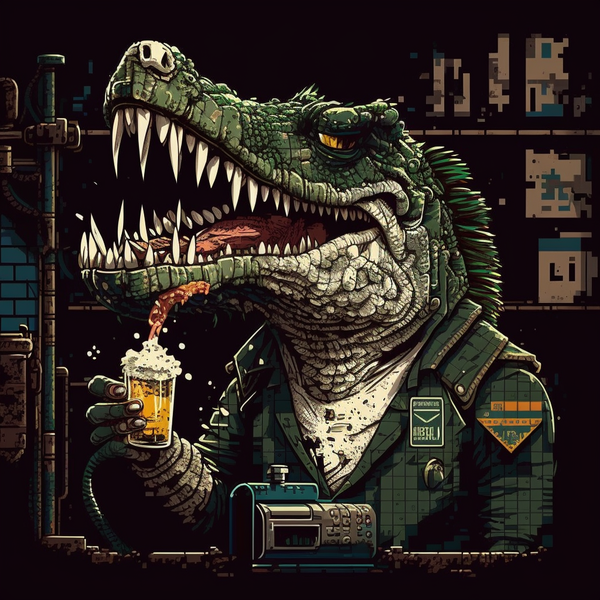Hey guys ive been self hosting things for a while now mostly just off a bunch if old computers in a k8s cluster.
The majour issue i have currently is all my data is on a single hdd in an old dektop. Its painfully slow and very risky as i have no backup or anything (i dont feel to great about that).
I really dont have much $ to spend hence my setup is built from a stack of practically ewaste hobbled together. I finally have the $ to buy some drives how should i go about building myself a nas on the cheap?
There’s nothing wrong with a single HDD in an old desktop except for the risk of failure.
I would start by getting one hdd that’s the same size or larger than the one you have and using it as backup. If the old HDD is very old and small you can probably find a larger one cheap, don’t go out of your way to find another small and old one.
Something like Borg Backup will be perfect if you use a Linux filesystem because Borg is incremental, has deduplication and compression built-in. There is a very simple graphical app for it called Pika Backup (for Linux).
There are other solutions if you use Windows but even a simple copy of your important files is better than nothing. Get a HDD and copy files to it right away.
Another backup solution is to buy a DVD or BluRay burner (can be USB or internal) and backup super important files to optical disks. This may or may not be cheaper than a HDD.
Do NOT rush into RAID, Unraid, TrueNAS and other fancy stuff like that. Your priority right now should be backup not RAID. RAID is a convenience for keeping a system running when a HDD fails but it is NOT a replacement for a good incremental backup.
After you have a backup in place and use it regularly you can consider whether RAID and availability is something you want/need.
Your biggest bang for buck is with cheap second hand drives, keep a spare on hand to rebuild the array / volume when one dies. You should be aware that the number of drives in the array directly affects the amount of usable space, 2 drives 50% of total available (a direct mirror, to compensate for the loss of one drive), 3 drives you get 66%, 5 gets you 80%. Say you get 6 4Tb drives, keep one as a spare and the remaining 5 will give you 16Tb usable (with one lost to parity so you can survive one disk failure). You then immediately want to save for a 16 Tb external drive for offline, preferably offsite backup (RAID is not Backup!). As others have wisely said, anything can be used to host, but aim at the most power efficient. If necessary get a PCI card for more SATA or SAS ports. Identify high value, small files, documents, current work, personal photos, source code and so forth and arrange for cloud backup, preferably with local encryption so you needn’t trust the cloud provider, preferably in at least two places (so one can go tits up or enshittify without bothering you). You’d be surprised what fits into a free 10Gb account if you triage well.
Good luck.
Your basic components will be an old desktop you have lying around and two hard drives. Put the two hard drives in RAID 1 (mirroring) set with either a network share and/or FTP access to add/remove stuff from the array. The drives optimally should be the same size, but if they aren’t that is OK, the amount of redundant space available will the the size of the smaller of the two drives.
Depending on what you have lying around this might not cost you anything. However, if you are going to spend money anywhere it should be on the drives themselves. You probably don’t need anything fancy, just a pair of 5400RPM HDDs that are large enough to hold your data, plus some room to grow.
You can use any OS of your choosing as basically everything supports the requirements. Linux, Windows, and TrueNAS come to mind as viable options. You may or may not want a third, tiny, drive just to boot the OS, particularly for Windows, as it can make things easier. I personally use Linux for my basic NAS with SFTP access.
With truenas you won’t need raid
Yeah, for TrueNAS it would be a mirrored ZFS array with said two drives, functionally the same.
For the money you’ll spend on drives, you may be able to pay for a year of space at somewhere like www.storj.io, and use something like Duplicati to backup to them.
Because even with a shiny new NAS, you’ll still need backup for it when it crashes, something is accidentally deleted, a drive hiccups and loses data, etc.
If you already have some stuff sitting around, spin up an UnRAID/TrueNAS, but still have a backup solution.
deleted by creator




